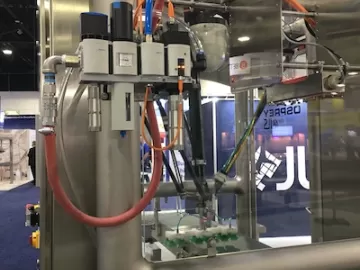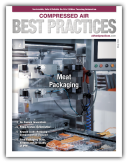Sampling and Testing for Compressed Air Contaminants
According to the Compressed Air and Gas Institute (CAGI) and the International Organization for Standardization (ISO), the three major contaminants in compressed air are solid particles, water, and oil. CAGI promotes proper use of air compressors with various educational tools, while ISO 8573 is directed at the very specific areas of compressed air purity and test methods, which this article will address. Microorganisms are also considered a major contaminant by CAGI, but will not be discussed in this article.




